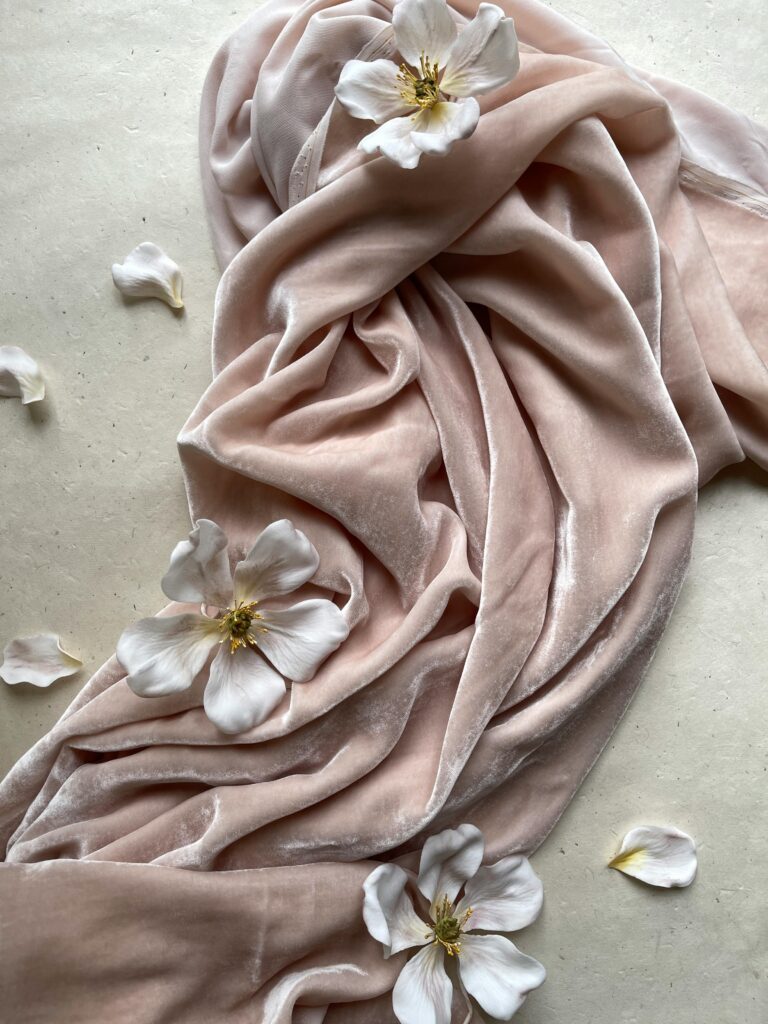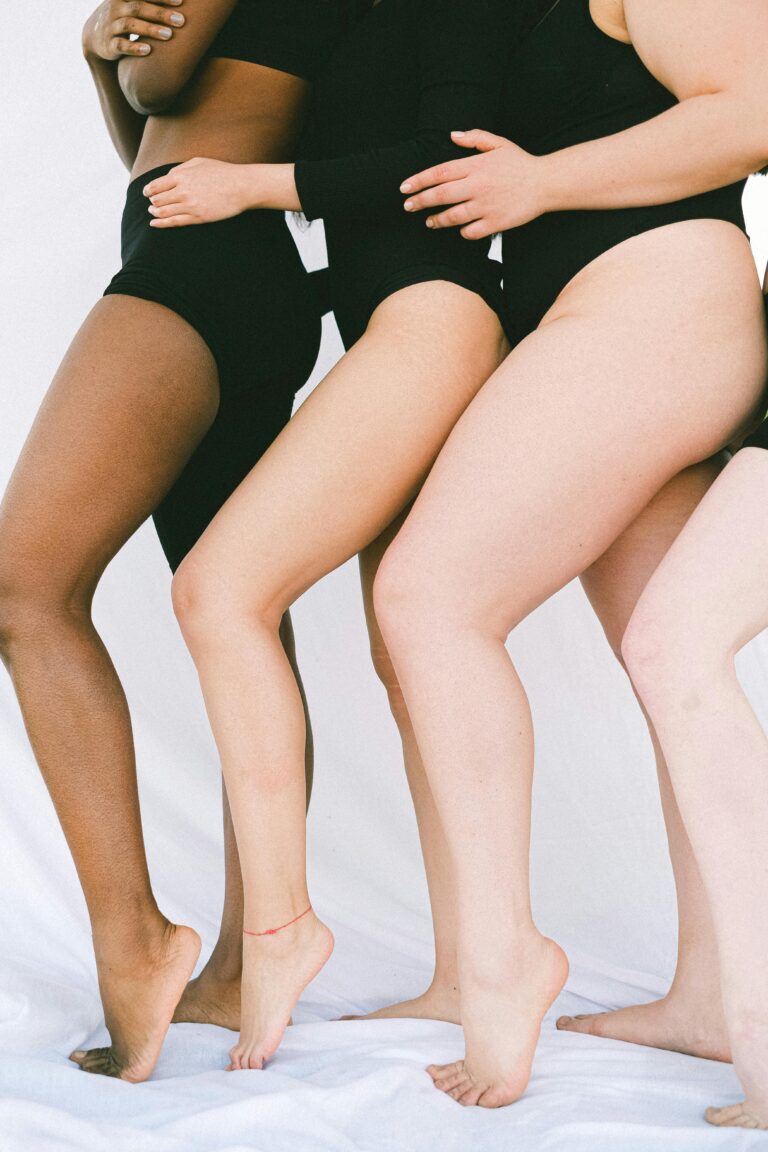The Glorious Language of Textiles: How Fabrics Influence Feeling & Identity
The Immediate Sensation: Unveiling Fabric’s Emotional Language
Imagine putting on a heavy, structured cotton blazer. You feel its weight on your shoulders, a subtle pressure that makes you feel more professional, more responsible. Your posture straightens to match the jacket’s clean lines. You are contained, in command.
Now, imagine slipping that blazer off and pulling on a light, fluid silk shirt. The feeling transforms. It’s like a soft breeze against your skin, moving with you, making you feel more playful, feminine, and free.
The same body. Two completely different selves. Why? The answer lies in the unspoken language of fabric—the psychology of fabric on mood, a language we feel before we think. And this isn’t just a feeling; it’s a real neurological process. The link between touch and emotion is deeply mapped in neuroscience.
The Neuroscience of Touch: How Fabric Texture Affects Your Feelings
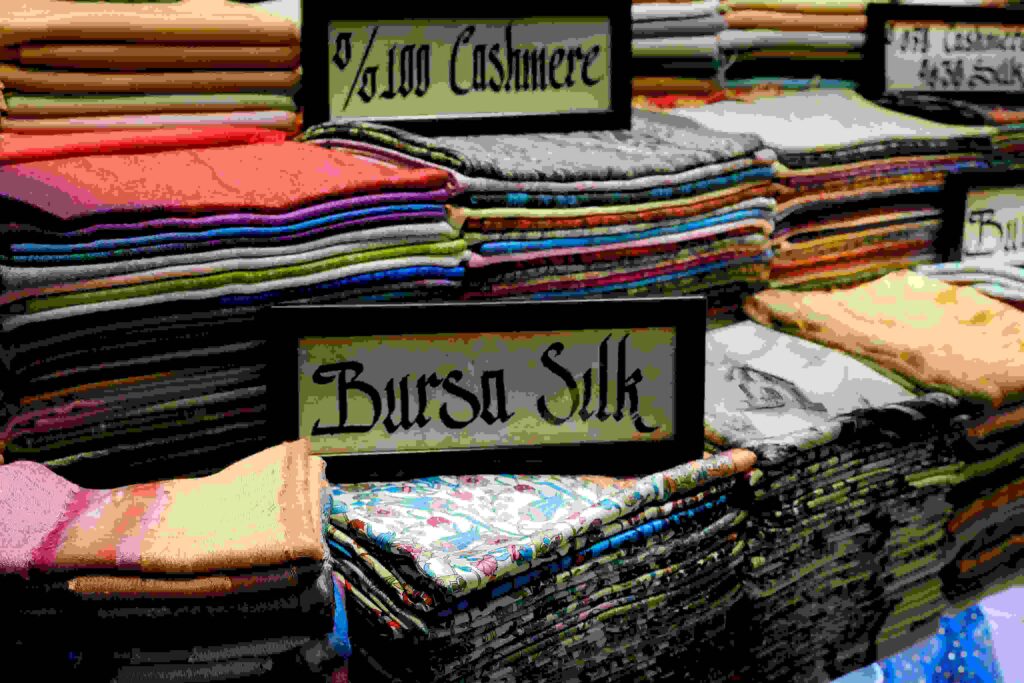
Touch is the first sense we develop, and it remains one of our most powerful emotional pathways. This isn’t just a poetic idea; it’s a field of neuroscience known as Affective Touch. When you touch a soft fabric like cashmere, specific nerve fibres in your skin (CT afferents) send a signal directly to the emotional centres of your brain, like the posterior insular cortex. This process, explored in the work of neuroscientists like Dr. Francis McGlone, helps explain how fabric texture affects feelings, and why we instinctively crave the snuggle of a soft blanket when we’re stressed.
We don’t just dress for our eyes; we dress for our nervous system. This is the start of your sensory vocabulary:
- Crisp Cotton & Linen feel cool, summery, and light. They speak of ease and a casual, old-money chill.
- Smooth Silk & Satin feel slinky, playful, and luxurious. They are a declaration of femininity.
- Cosy Wool & Cashmere feel warm, soft, and protective—almost like a puppy. They offer the comfort of weight.
- Sturdy Denim feels cool, chic, and young. It’s the texture of modern life made iconic. Denim doesn’t coddle. It empowers.
So you understood the feeling of a texture, but what about the energy of its shape? This is where you move from touch to movement.
How to Style Your Energy: Choosing Between Structured and Fluid Fabrics
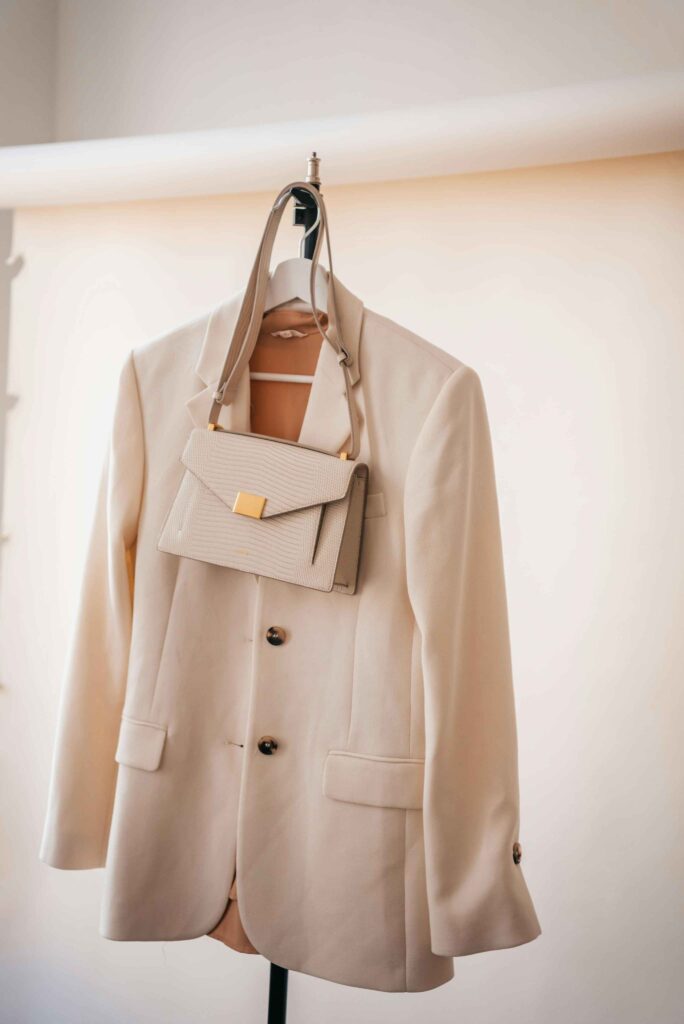
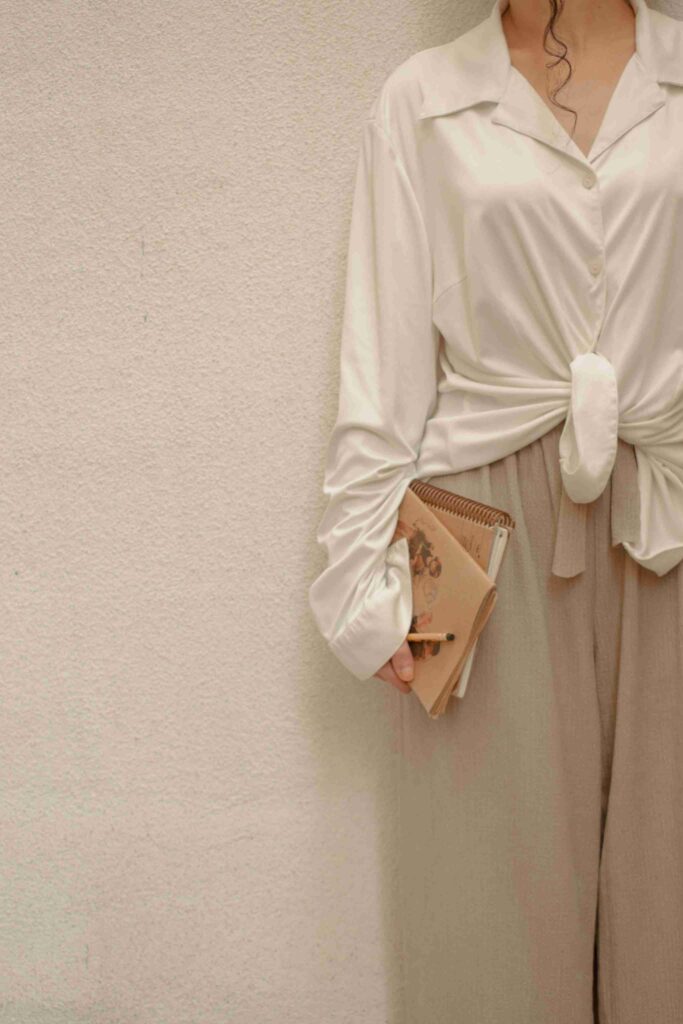
The Power of Structure
A stiff, structured fabric like tweed or organza holds its own shape. For some, this can feel like the quiet authority of a blazer. For others, it might feel like the rigidity of a cage. But the message is one of structure, of rules, of consistency. It signals discipline. Presence. Intention.
But is the feeling of being held the same as the feeling of being restricted?
The Freedom of Fluidity
A fluid fabric, on the other hand, is like water. It drapes over the body as it is, giving a tinge of cold when it touches your skin. It speaks of freedom, playfulness, and a certain sensuality. For me, fluid clothing carries the spirit of a wanderer—unbound, unbothered, alive. Choosing between structure and fluidity is more than a style decision; it reflects the energy you want to embody each day.
These principles of structure and fluidity aren’t just abstract ideas; you can see them at work in the most iconic and historically significant fabrics from cultures around the world.
Fabric as History: What Khadi and Brocade Teach Us
A powerful example from India is Khadi. Hand-spun on a charkha, its texture is unique—the uneven yarns create tiny air pockets, making it a brilliant thermoregulatory fabric that keeps you cool in the summer and warm in the winter. But beyond its function, Khadi is a symbol of India’s freedom movement and self-reliance. It is a testament to how a simple fabric can carry the story of a nation.
In contrast, think of a rich Brocade. Its weight comes from its intensive weaving process, which historically incorporated real gold and silver threads. In cultures from Varanasi to Lyon, Brocade was reserved for royalty and sacred ceremony. Its durability and richness made it a symbol of legacy. When you feel the weight of brocade, you are feeling the weight of history.
But what happens when a fabric has no story, no history, and no connection to the natural world? This brings us to the crucial choice between natural and synthetic fibres.
Why Natural Fibres Feel Better: The Psychology of What You Wear
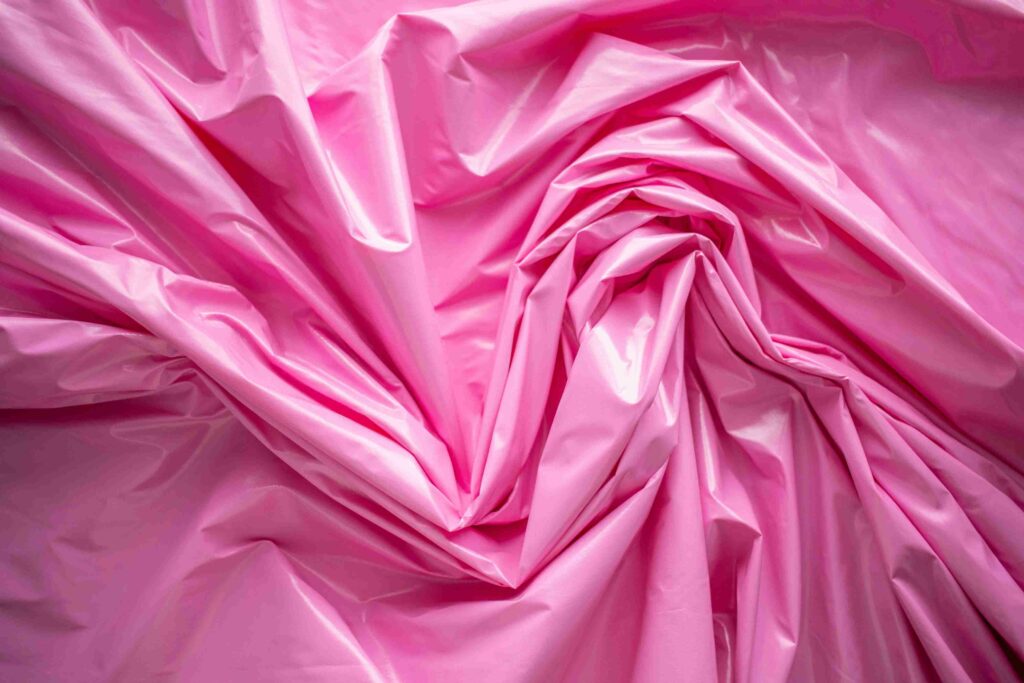
Your skin can tell the difference between a natural fibre and a synthetic one. Polyester on a hot day traps heat like plastic wrap. It suffocates your skin. Because the weave is so dense and non-absorbent, it traps heat and odour, leaving you feeling sticky, itchy, and drained of energy.
This is where sustainability stops being theory—and starts touching your skin. We think about eating organic food for our health; why not the same for our “second skin”? Choosing a natural fibre like organic cotton over a synthetic one is a better choice not just for the environment, but for your own well-being.
Natural fibres breathe. They often have a distinctive texture and character that feels more alive. On a day you feel vulnerable, you can reach for the teddy-bear warmth of wool to feel held. On a day you need power, you can choose the unyielding structure of a heavy cotton.
When it comes to fashion, fabric is as important as design. It is the backbone of the garment. Your body gives you signals about whether a material will feel good or not, and you should never neglect that feeling. The most important thing is to choose your fabrics wisely, thinking about yourself, the environment, and the story you want to tell.
Harmonising Your Wardrobe: Intentional Fabric Choices for Self-Expression
Understanding the language of fabric—its touch, its movement, and its story is a foundational step in building a wardrobe that truly serves you, recognising the deep emotional impact of clothing materials on your daily life. It is the difference between simply wearing clothes and dressing with intention.
Go to your closet. Touch cotton. Then touch polyester. Close your eyes. Which one feels more like you?
That’s not a preference, it’s a knowing. Let your second skin speak.

